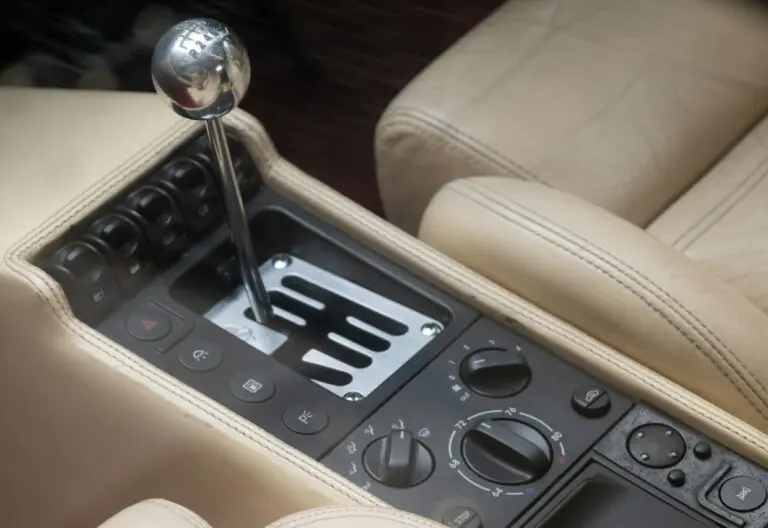Lead-acid batteries are one of the oldest and most common types of batteries used in automobiles. They are also used in a variety of other applications, such as backup power for homes and businesses, and as the primary power source for golf carts, forklifts, and other industrial vehicles. In this article, we will delve into the inner workings of lead-acid batteries, discussing their purpose, importance, benefits, usage, and precautions. We will also examine the history of the lead-acid battery and touch on some other types of batteries that are currently in use.
Purpose and Importance of Lead-Acid Batteries
The primary purpose of a car battery is to provide electrical power to the starter motor, which in turn starts the engine. Once the engine is running, the alternator takes over, providing power to the car’s electrical systems and recharging the battery. Lead-acid batteries are particularly well-suited for this application because they are reliable, durable, and relatively inexpensive. They are also able to deliver high bursts of current, which is necessary to start the engine.
In addition to their use in cars, lead-acid batteries are also used in a wide variety of other applications. They are an important part of the power grid, providing backup power during outages and supporting the integration of renewable energy sources. They are also used in uninterruptible power supplies (UPS), which provide emergency power to critical systems in the event of a power outage.
Benefits of Lead-Acid Batteries
One of the main benefits of lead-acid batteries is their reliability. They have been in use for over 150 years and have been continually refined over time. As a result, they are very robust and can last for many years with proper care and maintenance. Another benefit is their relatively low cost. Lead-acid batteries are one of the most affordable types of batteries on the market, making them accessible to a wide range of users.
Lead-acid batteries are also relatively easy to use. They are available in a variety of sizes and shapes, and can be easily connected to a car’s electrical system. They require very little maintenance, and simply need to be kept clean and properly charged to last for many years.
Usage and Precautions
Using a lead-acid battery is a relatively simple process. To install a new battery, you’ll need to remove the old one from your vehicle and connect the new one to the terminals. It’s important to make sure the terminals are properly connected, as a loose connection can lead to poor performance or even damage to the battery. Once the new battery is installed, you should check the water level in each cell and top off with distilled water if needed.
When using a lead-acid battery, it’s important to take proper precautions. The battery contains a mixture of sulfuric acid and lead, which can be dangerous if handled improperly. You should always wear gloves and eye protection when handling a lead-acid battery, and be sure to wash your hands thoroughly after handling one. It’s also important to keep the battery in a cool, dry place and to avoid dropping or puncturing it.
Why was Lead-Acid Battery Invented
Lead-acid batteries were invented in 1859 by French engineer Gaston Planté. Planté was looking for a way to store electricity generated by a generator, and discovered that lead-acid batteries were able to store large amounts of energy and could be recharged relatively quickly. His invention was the first rechargeable battery, and it quickly became popular for a variety of applications, including telegraphs and railway signaling systems. Over time, the lead-acid battery was refined and improved, making it more durable, reliable and efficient.
Other Types of Batteries
While lead-acid batteries are one of the most common types of batteries in use today, there are a number of other types of batteries that are also widely used. Some of these include:
- Lithium-ion batteries: These batteries are becoming increasingly popular in a wide variety of applications, including smartphones, laptops, and electric vehicles. They have a higher energy density than lead-acid batteries, which means they can store more energy in a smaller package. They also have a longer lifespan and require less maintenance.
- Nickel-cadmium batteries: These batteries are similar to lead-acid batteries in that they are rechargeable and have a long lifespan. They are commonly used in cordless power tools, digital cameras, and other portable electronics.
- Nickel-metal-hydride batteries: These batteries are similar to nickel-cadmium batteries in that they are rechargeable and have a long lifespan. They are also becoming increasingly popular in hybrid and electric vehicles.
- Alkaline batteries: These batteries are not rechargeable and are typically used in devices that require a steady, long-lasting power source, such as flashlights and remote controls.
In conclusion, lead-acid batteries have been an important component of the transportation industry, backup power systems and many more, they are a reliable, durable, and relatively inexpensive option that continues to be widely used today. However, with the advent of newer, more efficient battery technologies, it’s likely that lead-acid batteries will continue to be phased out in certain applications in favour of newer and more advanced battery types.



















